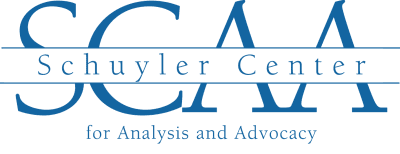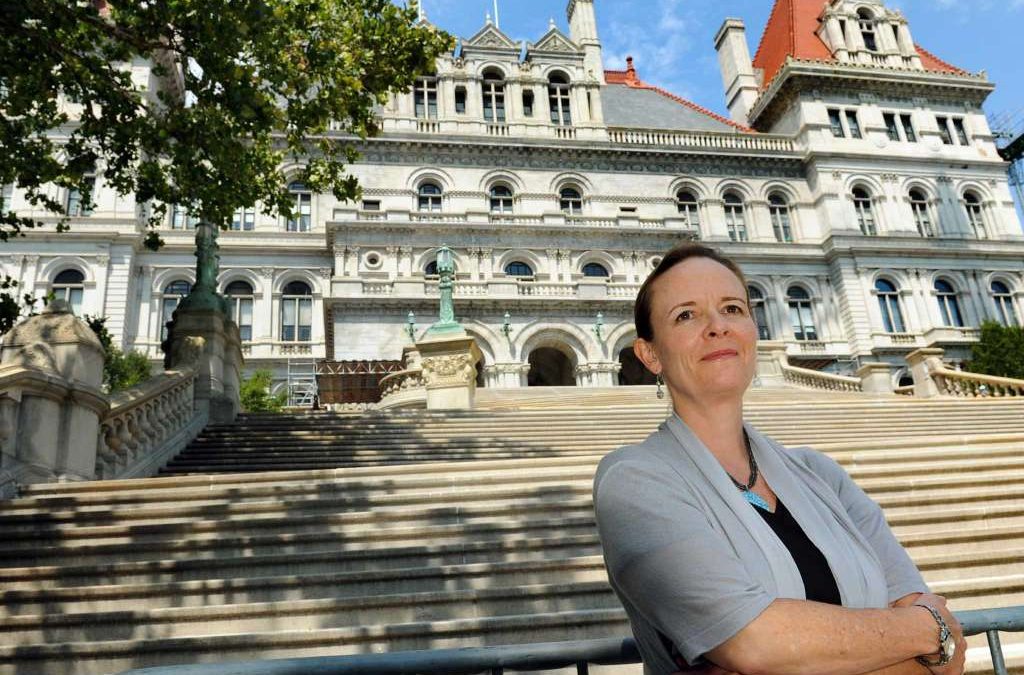“He who opens a school door closes a prison.” – Victor Hugo
At our recent forum Nicholas Kristof, acclaimed columnist for the New York Times, spoke about the growing body of evidence supporting the importance of family-oriented approaches to addressing poverty and opportunity. Poverty and inequality underlay many of the social issues that we, along with many others, work to address through inclusive and informed public policy. In their book, A Path Appears, Kristof and his coauthor, Sheryl WuDunn, address the inaction that often accompanies pervasive social issues: “Many of us know that it’s wrong and unfair that boys growing up in certain zip codes are more likely to end up in prison than in college, but we throw up our hands and surrender to the exigencies of ghetto life. Violence and poverty, whether in Congo or Chicago, remain towering realities.” The book also presents real solutions that are working to combat poverty and its effects and creating paths to opportunity. These include two-generation interventions, educational and health programs.
There are numerous programs like that here in New York. Programs that work with both parents and children are strengthening families, ensuring children are healthy and ready to learn, and providing parents with the skills and tools they need to be successful. In New York we have programs like Parents as Teachers, Nurse-Family Partnership, Healthy Families NY, and the Parent-Child Home Program, all of which visit families in their homes, providing developmental, educational, and health supports. Children who participate in these programs tend to experience less maltreatment, better health outcomes, and be better prepared for school, while parents often see increased economic stability and self-sufficiency.
With evidence that they work, we need to increase our investment in two-generation interventions, like maternal, infant and early childhood home visiting, that work with families with young children. As Kristof and WuDunn note in A Path Appears, “Currently more than 90 percent of our education dollars are spent after age five, yet 85% of a child’s core brain structure is developed before age five.” Take it from two Federal Reserve economists who say that “Investing in early childhood development yields a much higher return than most government-funded economic development initiatives.”[1]
Kate Breslin
President & CEO
[1] Rolnick A & Grunewald, R, The Economics of Early Childhood Development as Seen by Two Fed Economists, Federal Reserve Bank of Minneapolis, Community Investments (Fall 2007).[/vc_column_text]


Recent Comments